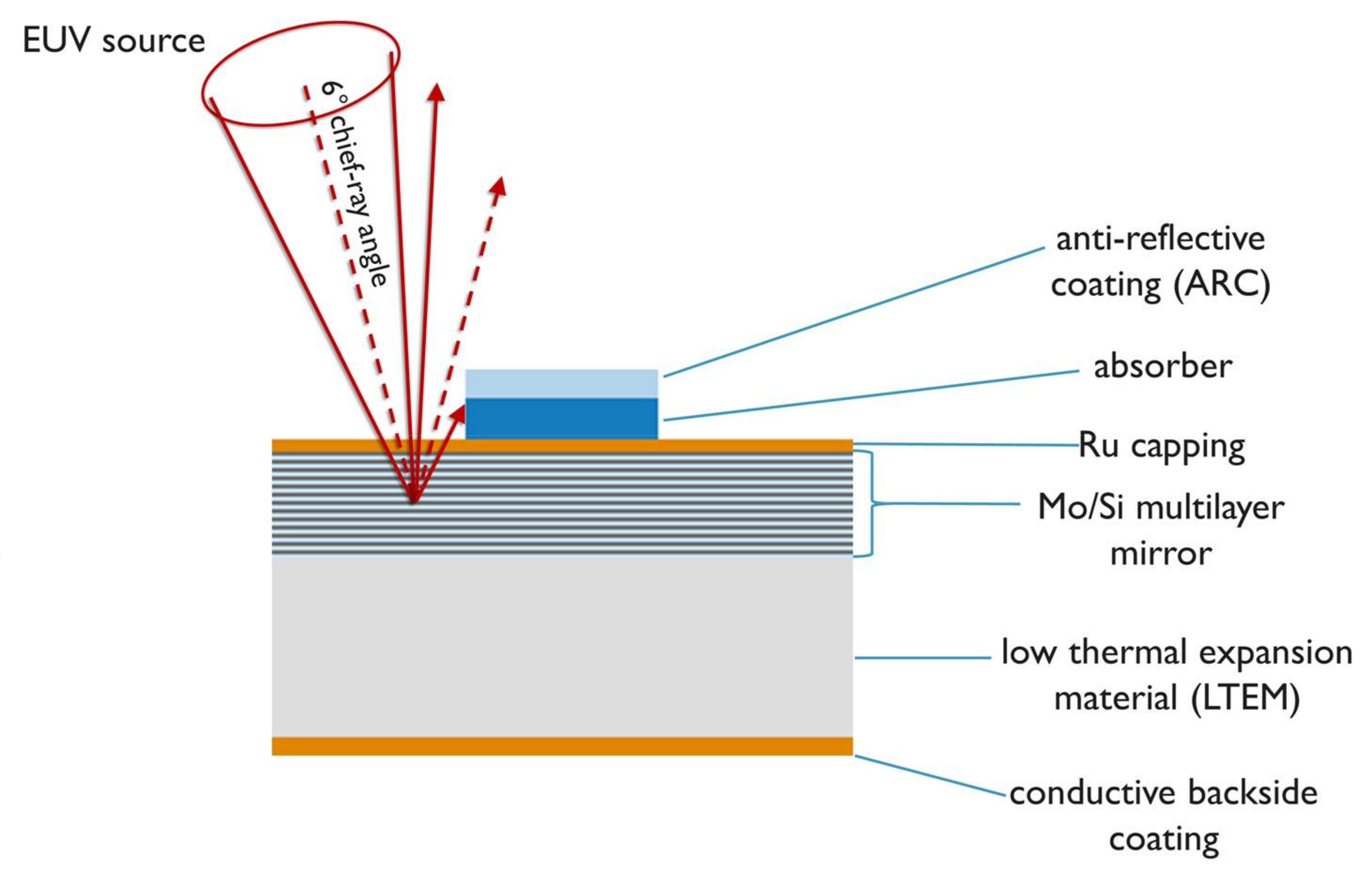This is the country that went from its first atomic bomb to its first hydrogen bomb in 3 years (which took the US 11) - while it was still a backward peasant society with more than 50% illiteracy. I simply refuse to believe that given the enormous depth of engineering talent and experience in China today, the vast industrial supply chain, and a willingness to treat patents as recipe books, it would take a decade to make an EUV machine. That's bullshit, plain and simple.
It took the rest of the world several decades to accomplish that.
I don't know if you ever worked with patents, but they are not exactly recipe books. They are written in a very general language, with plenty of critical details left out. Having access to them will not necessarily help you as much as you seem to think.. You will still have to do most of the hard work yourself.


